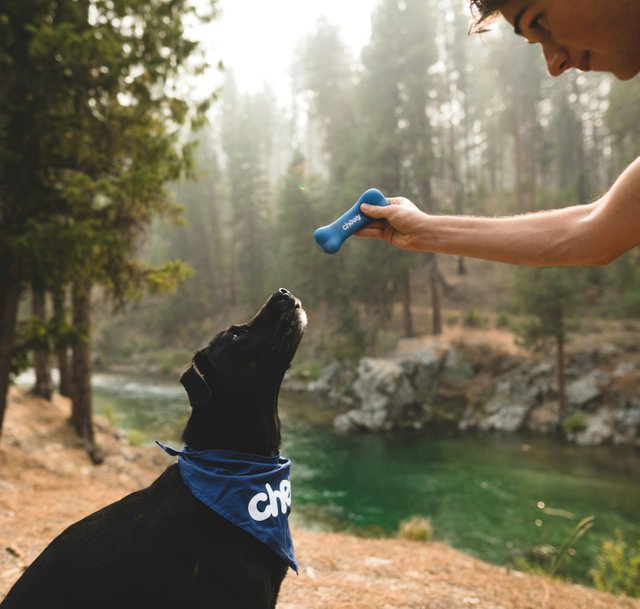How to read your dogs body language

dog body language involves a series of unique methods for communicating emotions and intentions. It can be quite different from how humans communicate with one another.
A lot of canine communication consists of barks, whines, and growls, so it’s important to know what dog sounds mean. More often, though, dogs rely on nonverbal body language. That can lead to plenty of human-dog misunderstandings. Sometimes, dog body language is simply unfamiliar (after all, people don’t have tails). At other times, it’s in direct contrast with what that same signal means to a human, such as when it comes to yawning or looking away. To better communicate with your canine companion, learn some tips on reading dog body language
Tail-Wagging
Tail-wagging seems like an obvious body language signal. If a dog’s tail is wagging, the dog is happy, right? Wrong. People misinterpret this signal all the time.
All a wagging tail means is that the dog is emotionally aroused. It could be excitement, but it could be frustration or worse. To interpret the dog’s emotions and intentions, look at the speed and direction of the wag, as well as the position of the tail.
Basically, the faster the wag, the more aroused the dog. Think about those long, slow, side-to-side tail sweeps your dog makes when greeting you — the type that wags the dog’s whole body. That’s a relaxed dog. A faster, twitch-like wag indicates a higher level of arousal, possibly in a negative way. Think of a guard dog on alert.
The direction of the wag may hold clues as well. A study on tail-wagging showed that dogs tend to wag their tails more to the right when feeling positive about something, like interacting with their owner. Tails wagged more to the left when dogs faced something negative. Then, there’s the helicopter tail wag (where the dog’s tail spins in a circle). Without question, that’s a happy wag. You’ll usually see it when a dog is greeting a beloved person.
Finally, the position of the dog’s tail relative to the ground holds important clues about their emotional state. Essentially, the higher the tail, the more assertive the dog. Dogs with their tails pointing down to the ground or even tucked between their legs are feeling fear and stress. Dogs with their tails held up like a flag are feeling confident, perhaps even aggressive.
Relaxed dogs hold their tails in a neutral position, but neutral depends on the breed. Some breeds, such as the Chow Chow, have tails that naturally curl over their backs, whereas some other breeds, like the Italian Greyhound, have a very low neutral tail position. If you get to know your dog’s neutral tail position, you will more quickly recognize when their emotions have shifted.
Raised Hackles
When a dog’s hackles are raised, it means the hair along their back is standing up. Technically called piloerection, the fur can fluff up across the shoulders or down the back and all the way to the tail. This is a definite sign that the dog is aroused, but not necessarily in a negative way. The dog might be upset or stressed but could also be excited or intensely interested in something. It’s often an involuntary reaction, like goosebumps in people.
Posture
A dog’s weight distribution can tell a lot about mood and intention. Consider a cowering dog that is hunched toward the ground. That’s a sign of fear or stress. The dog may be trying to get away from something and the posture makes the dog appear smaller. In other words, it says, “I mean no harm.”
The extreme of this posture is a dog that rolls onto their back, exposing their belly. This may look like a dog soliciting a belly rub, and in a relaxed dog, it often is. But it can actually be a sign of considerable stress and anxiety. The dog may even urinate a little in appeasement.
The opposite posture is a dog with their weight shifted forward. This dog is trying to get closer to something. This might simply indicate the dog’s interest. But it could also indicate offensive intentions, particularly paired with other aggressive body language cues like a twitching tail held high. In this case, the dog is trying to appear larger.
Thanks for reading follow for more